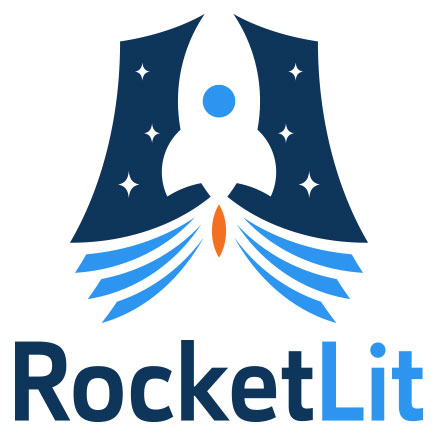Students solve a mystery involving waves, explore light and sound through hands-on stations, and then apply their knowledge of waves to engineer a new device to help individuals with hearing or vision impairments.
- Lesson 1

Solve: Waves Phenomena + Light and Sound Mystery
Choose to solve either a live video mystery on how an illusionist tricks our eyes and how candles are mysteriously blown out or an animated mystery on how a trickster at a fair is using sound and light waves to scam an audience. By the end of The Solve, students discover that light and sound waves have specific characteristics that make them transfer energy differently. (Live Solve: 80-110 minutes; Animated Solve: 75 minutes)
- Lesson 2

Make: Compare Light and Sound Waves
After going through a series of stations, students draw a visual model that compares sound waves and light waves. (160 mins)
- Lesson 3

Engineer: Engineer a Solution for Individuals who cannot Detect Light or Sound Waves
Students develop and design a prototype that helps the hearing-impaired detect sound vibrations and the seeing-impaired detect obstacles. (150 mins)
